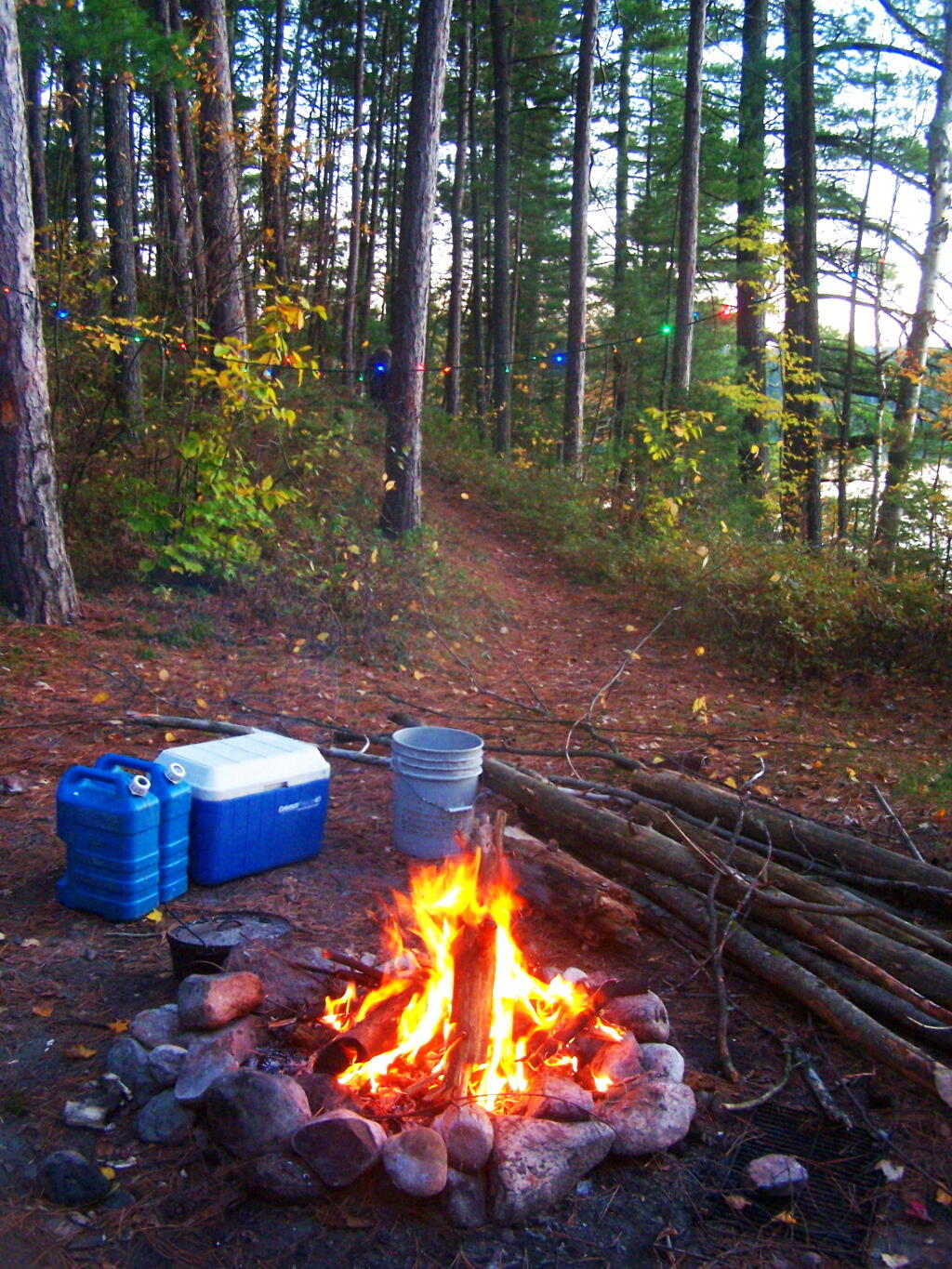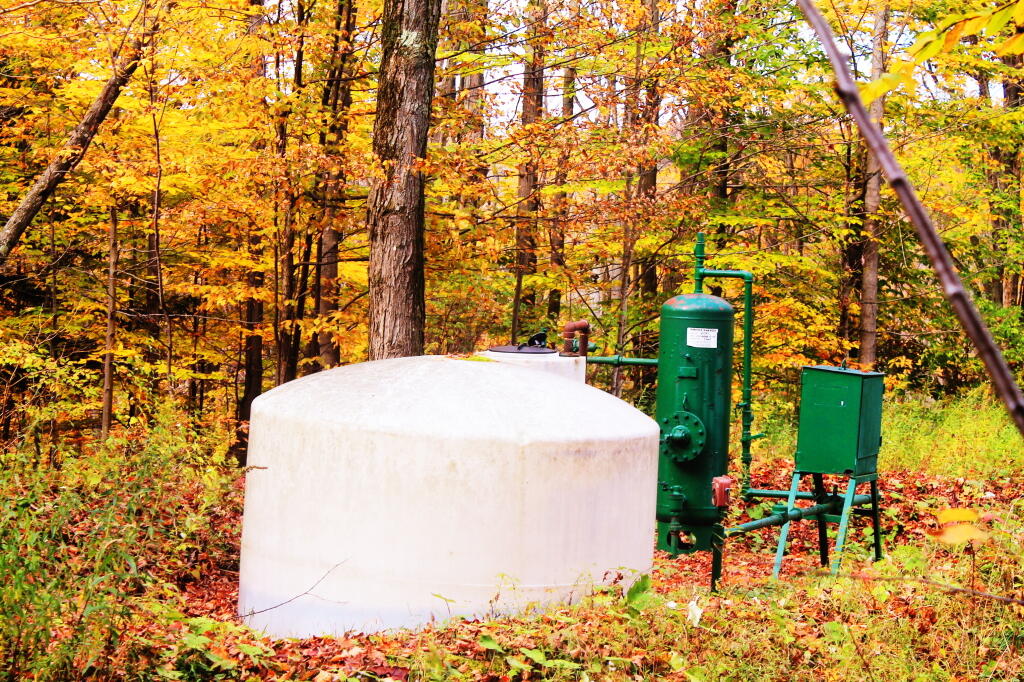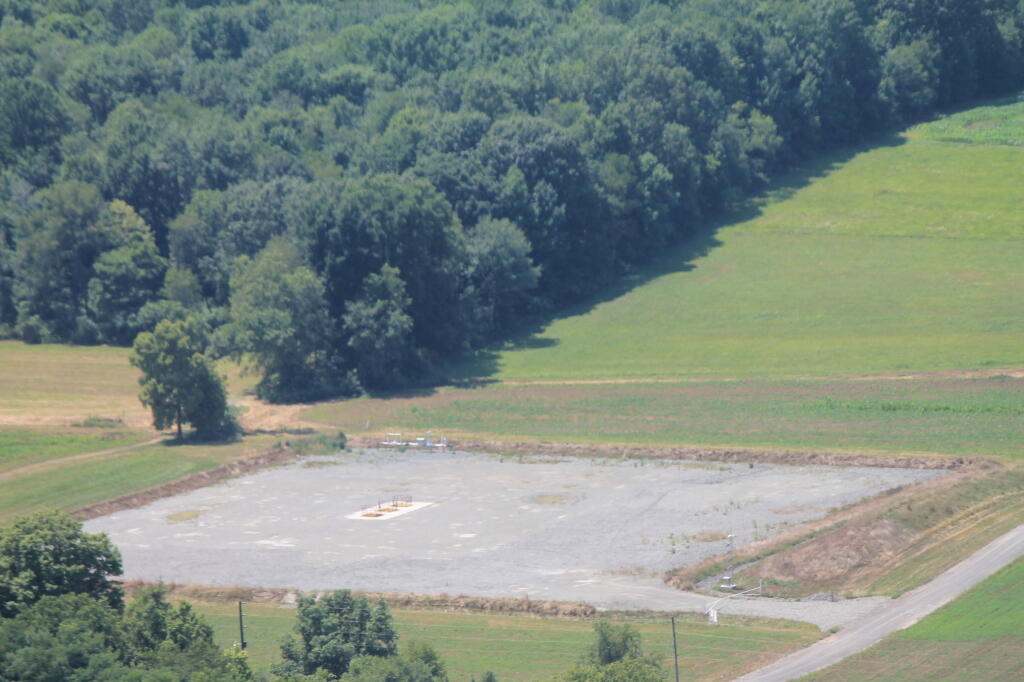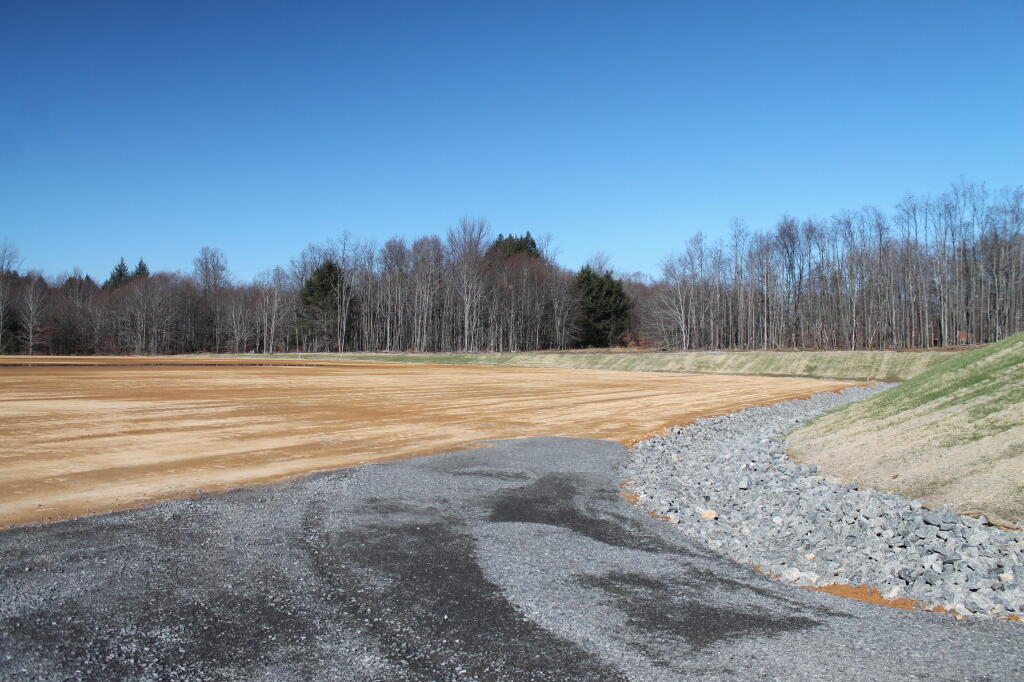This springtime I plan to install a CB Radio on my truck, partially for emergencies but mostly so I can hear what the Big Rigs are talking about on the highway and chat with others who have CBs. I often see trucks on the back roads with CB antennas, and it would be fun to be in communication with them.
Citizen Band radios have somewhat fallen out of popularity, for common use, due to cellphones and their need for long antennas, but a lot of off-road groups and truckers still use them, and it would be fun to hear what people are talking about on the open road, especially on long road trips.
 It turns out CB radios aren’t that expensive, but I want to get something that is a good quality, offer years of reliable service, and will last. I am looking at the ever popular Cobra 29 LTD Classic, or actually probably the same model with the WX option, so I can get weather stations on it.
It turns out CB radios aren’t that expensive, but I want to get something that is a good quality, offer years of reliable service, and will last. I am looking at the ever popular Cobra 29 LTD Classic, or actually probably the same model with the WX option, so I can get weather stations on it.
I could get a cheaper, high-tech digital one (like the Cobra 29 LX or a Uniden Digital Radio), but I’d rather have something that is more likely to be reliable in a dusty, dirty truck I take up to the woods. I don’t like dinky switches that appear on the high-tech radios.
 Unless I can find a better solution, I will probably be stuck mounting the antenna on the hood rail. Which sucks, but with the cap and the kayak on the roof, other mounting points are difficult. I want to be able to remove the antenna with ease, so I will get a quick release, so I can still go through relatively low-clearance locations.
Unless I can find a better solution, I will probably be stuck mounting the antenna on the hood rail. Which sucks, but with the cap and the kayak on the roof, other mounting points are difficult. I want to be able to remove the antenna with ease, so I will get a quick release, so I can still go through relatively low-clearance locations.
The top of the antenna will probably be around 9 feet from the ground (with a 4 ft antenna on the hood plus height for quick release and spring), once my truck is lifted later this spring (the hood will be about 4′ 8″ from the ground when lifted — it’s 4′ now). Been busy measuring things.
The DEC says forest preserve roads have a clearance of 9-10 feet on average, so I shouldn’t hit too many things. I also checked and saw that a clearance of 9 feet is good for most roads — except maybe the Southern State Parkway, where one bridge has an actual clearance of 8’6″ on the outer lanes. Worst comes to worst, the spring on the antenna will save it, or the $25 antenna will have to be replaced.







